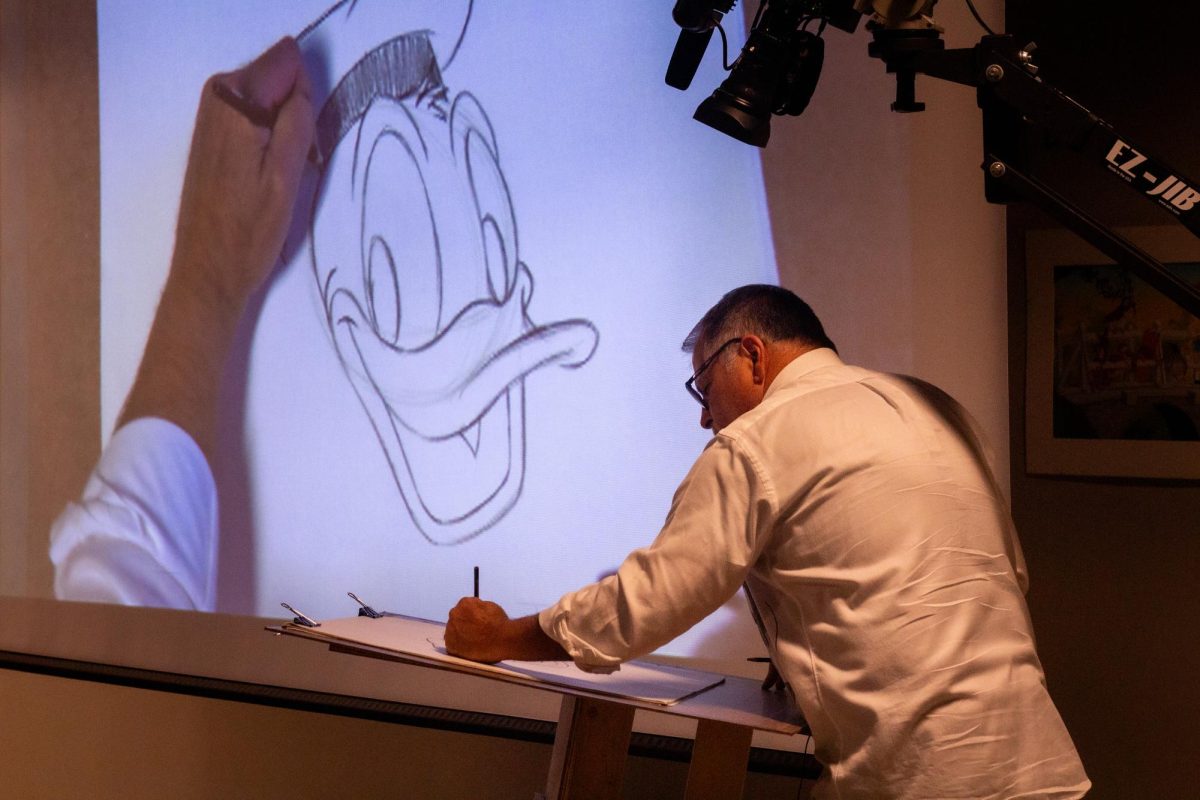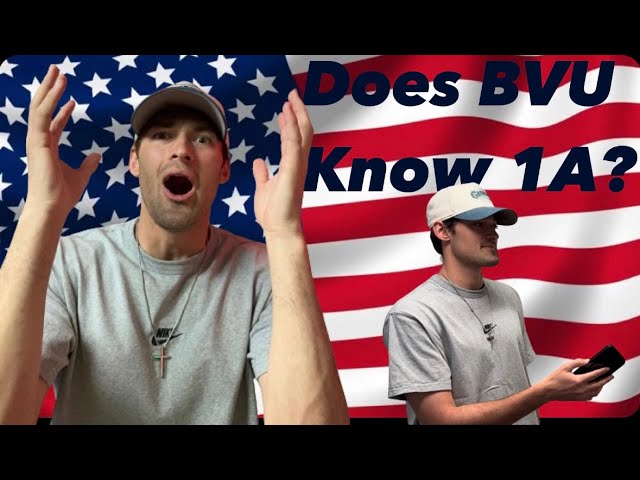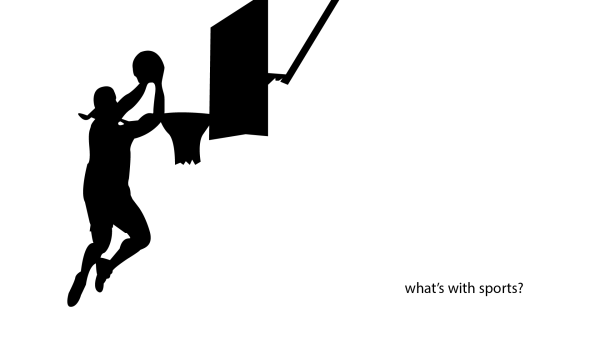Transferring from Division III to Division I: Is it the right move
January 28, 2021
In case any of you didn’t know, I am a football player at Buena Vista University, which is an NCAA division III college. Around this time of year, when the season is coming to an end, a lot of my ex-teammates contemplated transferring schools after the semester. Some decide that they don’t want to play anymore, which is understandable. Some decide that they would rather transfer to a school closer to home, which is also understandable. However, some the conversations I have had with former BVU student athletes, there are several that planned on transferring to a bigger school; hoping to walk on wherever they go and continue to play their sport.
I’m unsure if any of my former college team-mates have been successful in this venture. But I am aware of one former NCAA division III athlete that was. His name is Tom Clancy. Clancy was nice enough to let me interview him for this article to give people an insight as to what it’s like to transfer from a small school (like B.V.) to a bigger division I school.
Clancy and I went to High School together in Bristol, England. We both played football for the “Bristol Academy Pride.” Clancy was an All-star Quarterback during his time in Bristol. I played receiver. with this being the case, I spent a lot of time working with him and working on our craft together. After High School, he followed our other friend, and former team captain, Josh Keys to Austin College (A.C.) in Sherman, Texas. Austin is a small school that competes in NCAA division III, very similar to Buena Vista. Whilst there, Clancy switched his position to Wide Receiver but still played at a high level. Clancy led A.C. in receiving yards in his freshman year, earning all-conference honors. He appeared destined to repeat this success his sophomore year but unfortunately suffered a torn ACL. After his sophomore year, he transferred to University of North Texas (U.N.T.) in Denton, with the hopes of walking on to the football team once his ACL healed. He did just that in Spring 2019. Although, he is yet to earn any playing time.
Clancy is the best player that I have ever had the privilege of playing alongside at any level. He is an extraordinarily talented athlete and had the work ethic necessary to overcome a serious injury to make the football team in a division I program. The message I would like you to take from this is, if you are a division III athlete that is set on transferring to a division I team, it is possible. However, unless you are as good as, or better than Clancy, (a first team All-Conference player that consistently set standards in the weight room for his position), you should prepare for the possibility that you may not be good enough make the team. This led to my first question.
“How likely do you think it is for transfers from smaller schools to make a Division I team as a walk-on? Also is there any advice that you would give to athletes that are thinking about trying?”
“It depends on the athlete, their work ethic, and the level of the team they’re trying to join. If you are going to walk on, you need to have an incredible work ethic both on the field and in the classroom. You also have to make sacrifices to your social life that most people aren’t willing to make. It is achievable, but you shouldn’t kid yourself about your ability. Transferring might not be the best thing for you academically and athletically. It is a big gamble.” Clancy went into further detail regarding the sacrifices that student athletes at U.N.T. have to make in comparison to A.C. in the next question.
“What are the biggest differences between being a student athlete at Austin College and a student athlete at North Texas?”
“I expected playing at U.N.T to be a big step up from playing Division III. It was a big step up coming from England and playing at Austin. But this was an even bigger step. It’s a completely different league in terms of commitment. We spend several more hours of our time in both Fall and Spring semesters training. The schedule is much more demanding in terms of meetings, getting treatment, practicing, and working out. The players here are extremely hard workers. I always did extra training and always took athletics seriously. But here, the players are on a whole different level. During the season we have conditioning during the season at five o’clock in the morning, followed by a two-hour practice. A lot of my team-mates would still stay after practice and do extra conditioning. I was ready to go back to bed.”
Academically, Austin College was more prestigious. A.C. had smaller class sizes and the professors could dedicate more time and effort to each student, which is helpful. At North Texas, the workload is slightly less and this year a lot of my classes have been online. However, we take academics a LOT more seriously. Part of what the coaches look for from walk on players is whether this player will improve the team’s overall Grade Point Average (GPA). If you are a walk on, they expect you to have an excellent GPA. If you don’t keep it up, they will cut you. At A.C., the coaches stressed the importance of academics, but I never had a deterrent that made me try any harder than I needed to.” As you would expect, if you make the team, the stress levels increase drastically. There is so much more expected of you. As I mentioned previously, it is a long shot to make the team in the first place. Clancy acknowledged this and I followed it up with my next question.
“Do you think you would have enjoyed your time at North Texas if you didn’t make the team?”
“I still think I would have enjoyed my time here. It’s a great university and it’s a lot of fun to be a student here. There is a large selection of bars and restaurants and plenty of on campus activities to get involved in that I didn’t have the chance to experience at Austin. At the same time, I would miss playing football very much. I came to college in the U.S. specifically to play college football. So, I would probably end up wanting to transfer to another school, more than likely back to Austin College if I failed to make the team here.” Clancy didn’t mention this to me during the interview, but it is also worth noting that not all credits from private colleges transfer to public colleges and vice versa. He lost some of his credits that he earned at A.C. and would lose some of the credits he earned at North Texas if he were to transfer to another private university.
“Do you regret not staying at Austin College?”
“A part of me does because of the on-field success I had there, and I would like to have seen how much I could have achieved. But I think I made that right choice. I’m doing better academically. I have to in order to keep my place on the team. Also, playing against such athletic and talented players in practice has made me a better player, to the extent where it looked as though I could get on the field playing special teams. Unfortunately, I’ve been battling injuries this season, but I hope I can finally see the field when I’m cleared to play.”
I hope Tom’s insight onto what it’s like to transfer from a Division III to a Division I college has shed light on the subject. I hope that if you’re a student athlete at Buena Vista or anywhere else, that’s considering transferring that you consider the factors mentioned in this article. It is not impossible to transfer to play division I by any means. But should make an honest evaluation of yourself as a Student Athlete and decide whether it is in your best interests. Is it worth taking the risk of not making the team and potentially never playing your sport again? Are you willing to make the necessary sacrifices? Whatever you decide to do, I wish you the best of luck.

















